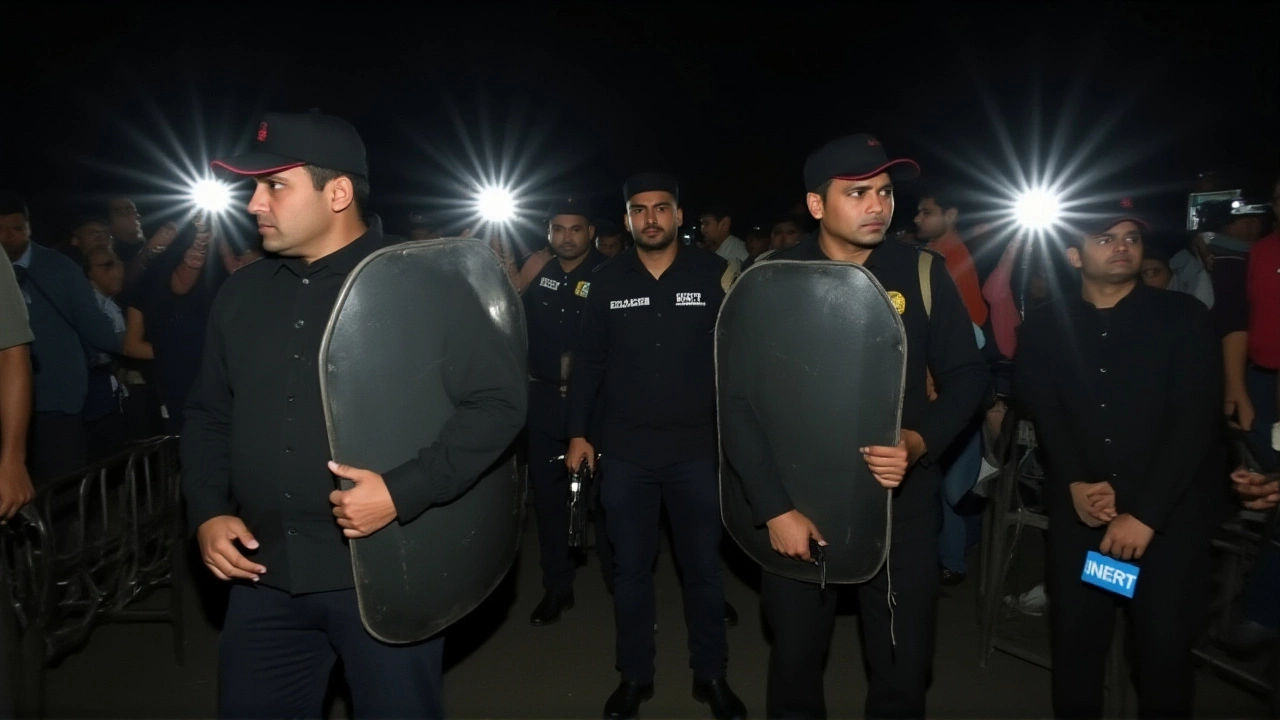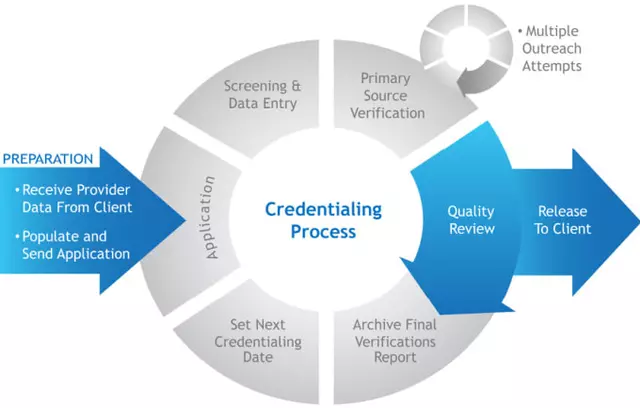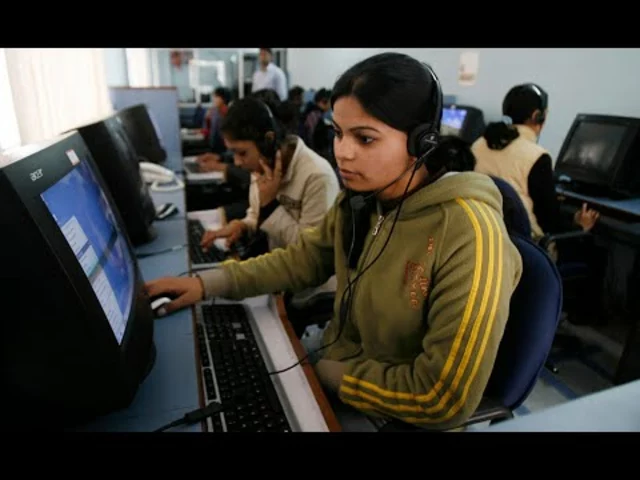A white Hyundai i20, parked for over three hours near the historic Red Fort in New Delhi, exploded at 6:30 p.m. on November 10, 2025, killing at least nine people and injuring twenty others in one of the deadliest attacks in the capital in recent years. CCTV footage, now under forensic review, appears to show a lone figure inside the vehicle moments before the blast — raising grim suspicions of a suicide attack. The explosion, which sent flames licking across parked cars and auto-rickshaws, shattered windows of nearby shops and sent panicked tourists scattering from the UNESCO World Heritage site. Delhi Police have registered a case under the Unlawful Activities (Prevention) Act, though officials stress the investigation is still in its early stages.
What Happened at the Red Fort?
The blast ripped through the parking lot adjacent to the Red Fort Metro Station, a key transit hub for tourists visiting the 17th-century Mughal palace. The vehicle, registered as HR 26CE7674, entered the area at 3:19 p.m. and remained parked until detonation. Witnesses reported hearing a muffled thud — then silence — before the fireball erupted. Emergency responders, including the National Disaster Response Force, arrived within minutes, but the intensity of the blast left little intact. Forensic teams are now sifting through melted metal, shattered glass, and charred debris, searching for traces of ammonium nitrate — a common explosive ingredient — and electronic triggers.
Who Was Behind the Wheel?
The driver, identified only as deceased, was found inside the wreckage. No identification was recovered, and facial recognition efforts have so far drawn blanks. The CCTV footage — grainy but unmistakable — shows a person in a dark jacket, face partially obscured, sitting alone in the car. There’s no sign of struggle. No attempt to flee. Just stillness. Then, the explosion. Delhi Police have not released the individual’s name, but sources say the suspect’s profile matches that of a known operative from the Jaish-e-Mohammed network. This is not the first time this group has targeted Delhi’s symbolic landmarks.
Link to Faridabad Arms Cache?
Hours before the blast, police in Faridabad, just south of Delhi, seized 2,900 kilograms of explosive materials — including ammonium nitrate, detonators, and chemical reagents — during a joint operation with Uttar Pradesh Police. The cache, allegedly belonging to two men from Pulwama and Qazigund in Jammu and Kashmir, was linked to an interstate terror cell tied to both Jaish-e-Mohammed and Ansar Ghazwat-ul-Hind. While Delhi Police have not officially connected the two events, the timing is chilling. Nearly 360 kilograms of ammonium nitrate was recovered in Dhauj, Faridabad — the same chemical suspected in the Red Fort blast. Coincidence? Unlikely.
Why This Matters
The Red Fort isn’t just a tourist site — it’s the symbolic heart of India’s sovereignty. It’s where the Prime Minister addresses the nation every Independence Day. To strike here, during peak tourist hours, is a message: no place is safe. The attack comes amid rising tensions along the Line of Control and a surge in militant activity in Kashmir. Last year, similar tactics were used in Srinagar. Now, the playbook has moved to Delhi. Security around all major monuments has been upgraded overnight. Metro stations are being scanned more rigorously. And for the first time in years, police are checking vehicle registrations at parking zones near heritage sites — a small, desperate step.
What’s Next?
Delhi Police Commissioner Sanjay Arora, overseeing the probe from headquarters on Parliament Street, has promised a "comprehensive and conclusive" report. But he’s also warned the public: "We are still collecting evidence. Everything is in motion." The forensic team is analyzing the car’s electronic control unit, looking for signals from a remote trigger or timer. They’re also reviewing over 400 hours of CCTV footage from nearby shops, traffic cameras, and metro entrances. Meanwhile, intelligence agencies are tracing phone records, financial transactions, and social media activity linked to the two suspects from Faridabad. If the link is confirmed, it could expose a broader network — one that’s been quietly building capacity in the National Capital Region for months.
Historical Context: Why the Red Fort?
Since 2001, the Red Fort has been a symbolic target. In 2008, a grenade attack near the site injured several people. In 2015, a suspected suicide bomber was intercepted near the gates. Each time, the message was the same: attack India’s history to shake its soul. The Mughals built the fort to showcase power. Today, terrorists want to show it’s fragile. But here’s the twist — the fort still stands. So do the people. Tourists returned the very next morning. Shopkeepers swept broken glass from their doorsteps. A child’s drawing, taped to a charred auto-rickshaw, read: "I love Delhi." Sometimes, resilience is louder than bombs.
Frequently Asked Questions
How many people were killed in the Red Fort blast?
Official casualty figures vary: NDTV reported nine deaths, Moneycontrol cited eight, and Wikipedia documented at least thirteen. The discrepancy stems from delayed identification of bodies and the chaotic aftermath. Delhi Police have confirmed at least nine confirmed fatalities, with five bodies still unclaimed. Twenty people were injured, several critically, with burns and shrapnel wounds requiring long-term care.
Was this definitely a terrorist attack?
Delhi Police have not officially declared it a terrorist act, but the use of ammonium nitrate, the parked vehicle, the absence of a driver escape, and the timing — all point to a fidayeen (suicide) attack. The registration of the case under the Unlawful Activities (Prevention) Act is a legal signal that authorities are treating it as terrorism. Forensic analysis of the vehicle’s electronics may confirm if a timer or remote trigger was used.
What’s the connection to the Faridabad explosives seizure?
Police recovered nearly 3,000 kg of explosives in Faridabad the same morning, including 358 kg of ammonium nitrate — the same chemical suspected in the Red Fort blast. The suspects, from Pulwama and Qazigund, are linked to Jaish-e-Mohammed and Ansar Ghazwat-ul-Hind. While no direct evidence ties them to the car bomb yet, the identical materials, proximity, and timing make a connection highly probable. Investigators are now cross-referencing DNA, vehicle routes, and phone pings.
Why hasn’t any group claimed responsibility?
Many terror groups, especially those operating covertly, avoid claiming attacks immediately to evade tracking. Jaish-e-Mohammed has done this before — notably after the 2019 Pulwama attack. They often release statements days or weeks later via encrypted channels. Delhi’s intelligence agencies are monitoring known propaganda networks and encrypted forums for any future claims, which could confirm the perpetrators and their motives.
Is Delhi’s public transportation at risk now?
Yes. The Red Fort Metro Station is on the Violet Line, one of Delhi’s busiest routes, carrying over 120,000 passengers daily. In response, Delhi Metro has increased random bag checks, deployed bomb-sniffing dogs at 15 key stations, and is reviewing parking access near all heritage-linked stops. Officials say they’re treating every unattended vehicle near transit hubs as a potential threat — a shift from reactive to preventive security.
What’s being done to prevent future attacks?
The government has ordered a nationwide review of parking regulations near historical sites, with mandatory CCTV coverage and 24-hour surveillance now mandated for all such zones. In Delhi, vehicle registration checks are being implemented at entry points to heritage areas. Intelligence sharing between Delhi, Jammu & Kashmir, and Uttar Pradesh police has been upgraded to real-time alerts. But experts warn: without addressing the root causes — radicalization in border regions, porous borders, and online recruitment — these measures are only temporary shields.







